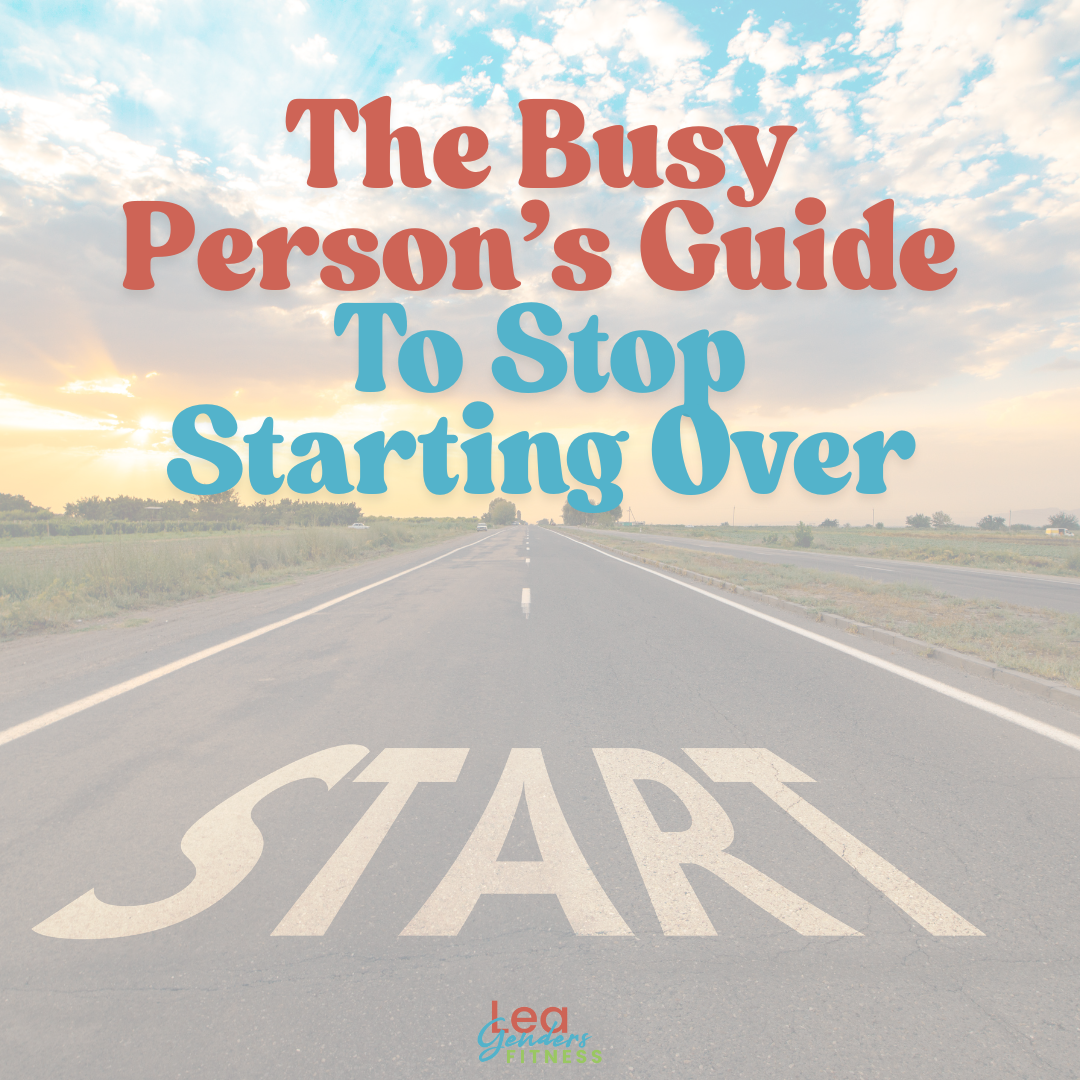You hear about pain all the time in fitness.
"No Pain No Gain."
"Pain is Weakness Leaving the Body"
"Pain is Temporary, Glory is Eternal."
"Pain is temporary, Quitting Lasts Forever."
or my favorite:
"Pain is Temporary, Your Half Marathon Finish Time is on the Internet Forever." (hah.)
Not so fast.
These popular quotes about pain send mixed signals because I believe these quotes are referencing "discomfort" not literal pain. It's just that "No Discomfort, No Pain" doesn't have the same ring. So what's the difference between discomfort and pain? It's important to know.
I went to the physical therapist for my shoulder a few years ago and I remember the PT telling me to alert her if I felt pain during our exercises. She was very careful to explain the difference between discomfort and pain because a lot of people confuse the two. Discomfort is OK and natural, pain is signalling a larger problem.
When we feel pain it is our body's way of telling us something is wrong. We must not ignore pain signals or try push through them. Pushing through pain could lead to long-term injury, which could leave you sidelined for months on end.
Pain is usually a sharp or stabbing feeling in a specific area, numbness or radiating. If you experience pain or swelling stop what you are doing immediately and allow your body to rest and recover until the pain subsides. Consider seeing a doctor if the pain persists for more than a week or two even after resting.
Discomfort is feeling that something is difficult or challenging. It can be a burning sensation in your muscles or breathing heavily. It might mean fatigued or heavy legs when running. It might mean mental exhaustion or even muscle soreness in the days following a hard workout. These are all relatively normal reactions to exercise and in most cases you should try to build mental and physical toughness by powering through these uncomfortable feelings. "Discomfort is temporary, Glory is Eternal" Sounds more like it.
My favorite saying is "If it doesn't challenge you, it doesn't change you." you have to stress the body in order to change it, but feeling pain is not our goal, pushing outside our comfort zone is our goal. We want to challenge ourselves, not kill or hurt ourselves through exercise. It seems like common sense, but like my hubby likes to say "Common sense is not so common."
“Common sense is not so common.”
The fitness industry glorifies hard workouts. Go hard or go home. People want to get crushed every session or they feel like they didn't get a good workout. It's simply not true. We are best served when we alternate between high intensity, low intensity and rest days. Those low intensity days allow our bodies to recover. Yoga, stretching, jogging, walking, flexibility and balance training are all low-intensity workouts that make us stronger overall athletes and should not be ignored or underestimated. A balanced schedule of high and low intensity workouts will keep you feeling strong, healthy and help avoid injuries. One or two high intensity workouts a week should suffice for most athletes.
Exercise should not cause pain. If you feel pain, it means you should back off and allow your body to recover. If you start a new exercise plan, progress slowly, increasing the duration and intensity over time. Once you adapt to a certain exercise you can continue to progress by making it harder as you get stronger. Sound confusing? Need help putting together a progressive exercise plan to reach your goals? I can help.
Like this post? Please consider sharing.













When progress feels slow or uncomfortable, it’s tempting to chase something shiny: a new diet, a new plan, a total overhaul. But what if the problem isn’t your plan? What if it’s just the part where it gets hard? In this post, I’m sharing the simple mindset trick I use to stay focused when distractions pop up, and how the same approach can help you stop starting over in your health and fitness goals.